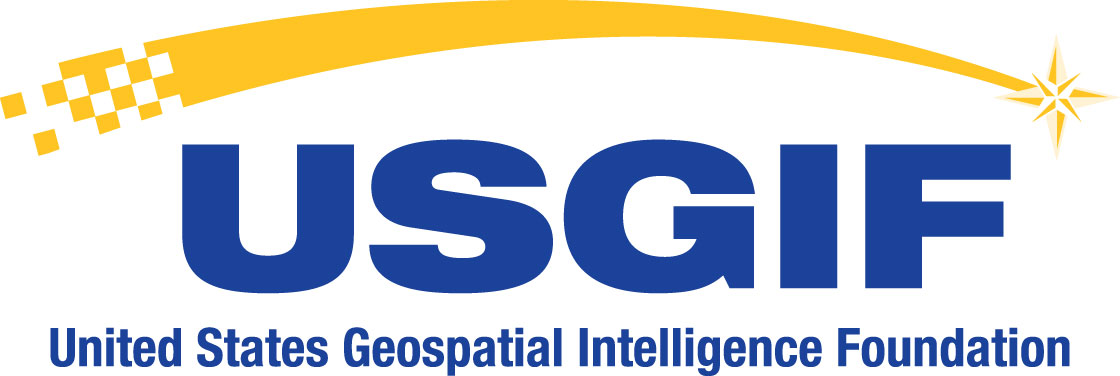

Starbucks is the world’s largest coffeehouse chain with more than 30,000 stores worldwide. Its 400,000 partners serve 100 million customers a week.
Recognising that the retail environment has changed due to COVID-19, Starbucks is transforming its store portfolio by integrating the physical and digital experience of its customers. Its Starbucks App is the fundamental enabler of this latest retail strategy.
Starbucks first introduced its mobile app back in 2009, with features such as store locator, nutrition information and an interactive drink builder. The app was further expanded with a mobile payment feature in 2011, prompting over 26 million mobile transactions within the first year itself. In 2014, Starbucks launched its ‘order ahead’ feature in the app.
Using Esri technology, Starbucks has developed its own market planning and business intelligence system called Atlas. The platform analyses smartphone ownership and mobile redemption status in its business locations. Based on the analysis, marketing activity for its loyalty program campaigns can be prioritised by location.
The platform is also used to analyse the commercial viability of a prospective retail location by combining consumer behaviour data from the mobile app with various other data including trade areas, retail clusters and generators, traffic and transportation nodes, demographics, etc.
Recently, the company took customer convenience one step further by introducing an entire pickup-only store. The first-ever Starbucks pickup store was launched in November 2019 and is located in New York City’s Penn Plaza. In the pickup-only store, customers place orders and pay for them using the mobile app. A digital status board inside the store keeps customers informed on the progress of their orders.
In addition to pickup stores, Starbucks also offers a curbside pickup option at selected locations. With location technology, the app allows customers to check in at designated parking spots at the store. Starbucks’ baristas then deliver their orders to their cars.

The drive-thru is Starbucks’ original on-the-go experience, but unlike the mobile app, customers’ order histories via drive-thru are not recorded. Therefore, personalisation seems impossible. In partnership with Microsoft, Starbucks is currently developing a machine learning capability to provide personalised recommendations for drive-thru customers.
The drive-thru recommendations will be based on store transaction histories and more than 400 other store-level criteria. These recommendations will be offered on an AI-enabled digital menu display, from which customers can order. By digitising the drive-thru experience, Starbucks will be able to analyse its customers’ preferences from all sales channels.
As Starbucks is committed to 100% ethically-sourced coffee, it has created a digital traceability tool that allows customers to track the origin of their coffee beans. Using their mobile or laptop devices, customers can scan or enter the number on the back of any bag of Starbucks’ whole bean coffee. The app will display information about where the packaged coffee comes from and its entire journey from bean to final bag.
Such transparency is made possible with the use of blockchain technology, where every supply chain movement of the beans is recorded to a shared and secured ledger providing all stakeholders a more complete view of their product’s journey.

Starbucks connects its store equipment, such as coffee machines, grinders and blenders, to the Cloud. The IoT-enabled machines collect operational data daily, allowing Starbucks to monitor its machines’ performance and schedule maintenance in a timely and effective manner. In the long run, Starbucks envisions using the IoT capability to enhance its inventory management and to shift from reactive maintenance to a predictive approach.
Another advantage of the connectivity is that new recipes can be delivered directly and securely to all the machines online. The process used to be very complex and time-consuming with manual delivery to every store.
Today, Starbucks continues to create new ways of working, supported by technology and automation to improve customer experience and the day-to-day lives of partners working in its stores around the globe.
© Geospatial Media and Communications. All Rights Reserved.